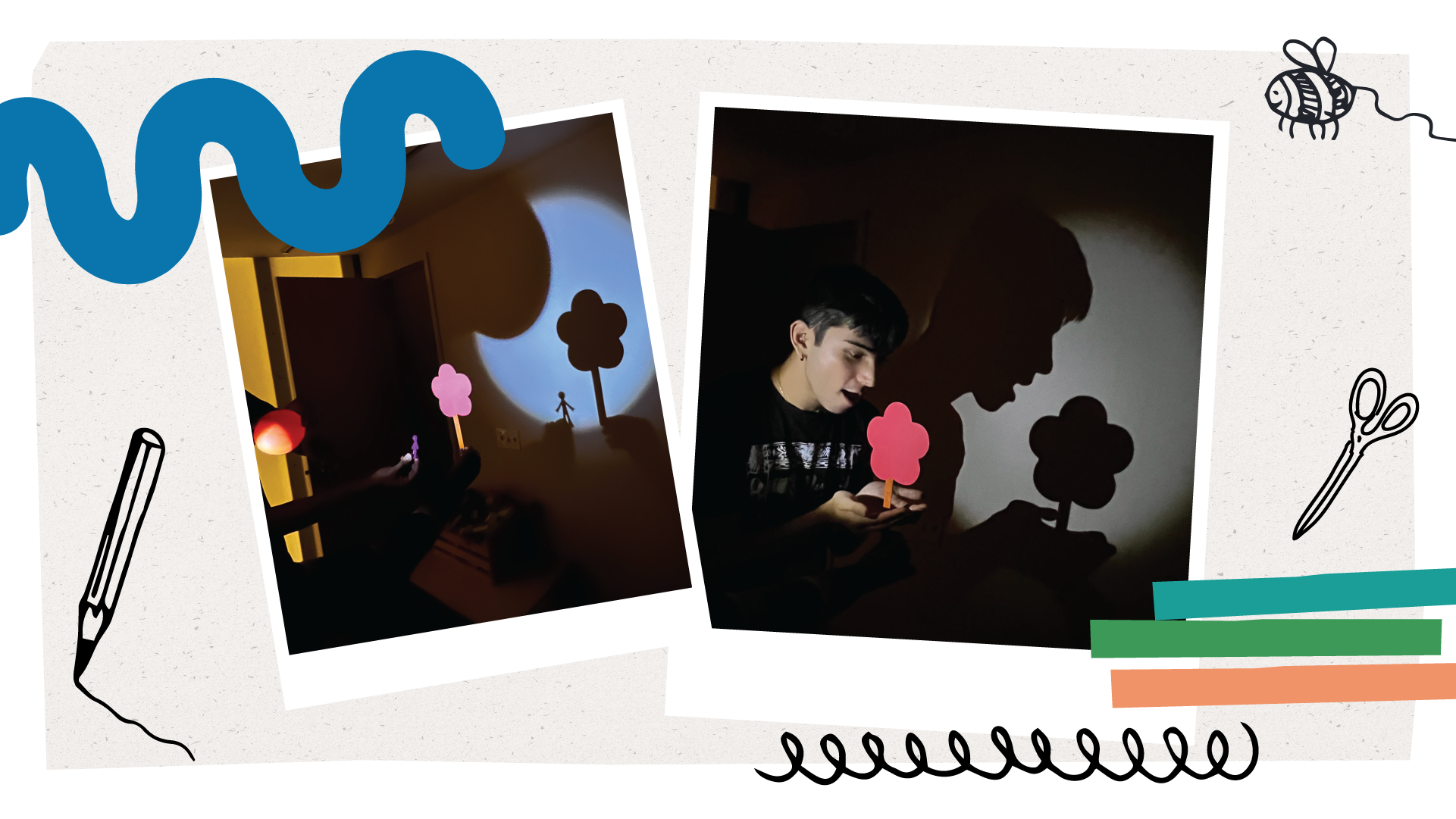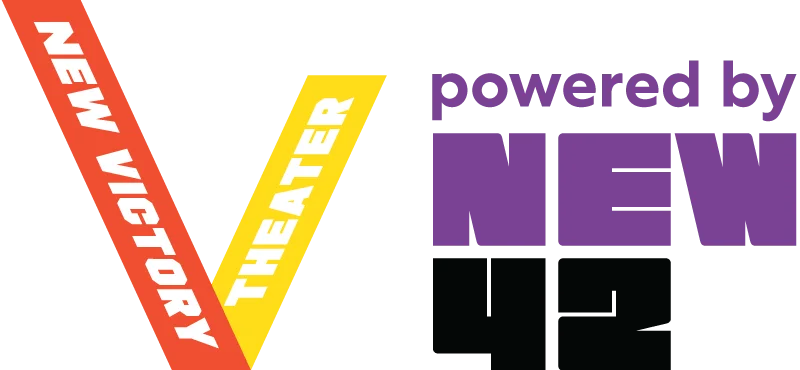Back to Resource Library Download PDF
Download PDF
Shadow Lab
 Download PDF
Download PDFEducators can use the activity below to explore shadow puppetry, experimenting with light, movement and storytelling to create a collaborative shadow performance.
Materials Needed: flashlights (one per group), open-ended materials, a white sheet or blank wall, (optional: scissors, tape, colorful gels)
- Begin by introducing shadow puppetry by using the images on the following page. Ask your students what they notice about the shadows and how they think the effects were created. Let them know they’ll be experimenting with light and shadows to make their own stories.
- Divide the class into small groups of four or five students, giving each group a flashlight, a few objects (like paper cutouts, sticks or fabric) and access to a white sheet or blank wall to use as their “shadow screen.” Tell them they are now part of a “shadow team” and will work together to experiment with shadow and light to create a shadow performance piece of their own.
- Encourage the groups to start by playing with the basics of light and shadow. Have them explore how projected shadows change in scale when objects are placed closer or farther from the light or when the light source itself is moved. Invite them to experiment with using their own bodies alongside objects to see what unique shapes and effects they can create.
- Once they’ve explored the basics, ask the teams to think about how movement can bring their shadows to life. Can they make a shadow grow, shrink or appear to jump? Prompt them to layer their objects and bodies to tell small visual stories, reminding them that even simple movements can create dramatic effects.
- Challenge each group to create a short shadow performance, about one to two minutes long, based on a theme like “A Tragic Journey,” “A Magical Transformation” or “A Wondrous Surprise.” Encourage them to divide responsibilities, such as who holds the light, moves the objects or directs the action. Give them time to rehearse and refine their stories.
- Invite each team to perform their shadow story for the class. After each performance, ask the audience to share what they noticed about the techniques used and how the team brought their story to life.
Reflection Questions:
- What choices did your team make to create interesting
or surprising effects in your shadow performance? - What is one thing you learned about shadows or
storytelling that you didn’t know before this activity?
